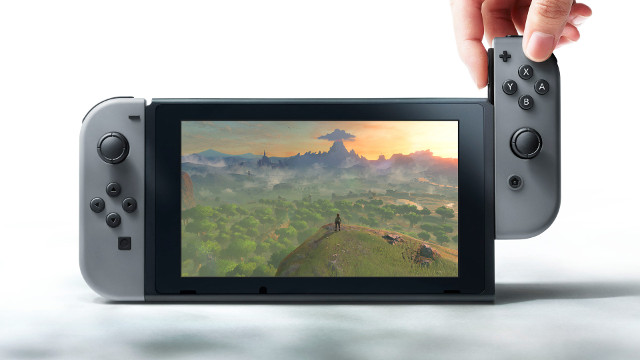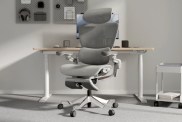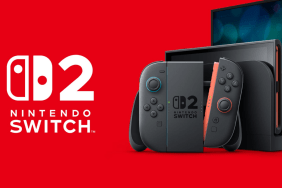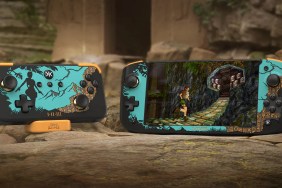Press for Nintendo's upcoming console is dominated by negative headlines. Just six weeks before the launch of the Nintendo Switch, it's earned a reputation for being too expensive, poorly explained, and held back by a small launch library. Doom and gloom has become prevalent across gaming forums and social media.
Although Nintendo is facing a tough battle of winning over consumers with its hybrid system, it did manage to invite enough demand to sell out pre-orders within hours. There's a sizable group of consumers who see enough of a value proposition to put down more than $300 toward what Nintendo hopes will be a breakthrough device.
With this divisive reception, many have jumped to the conclusion that the Switch might be "Nintendo's last console", or at the very least perform poorly in a way not too dissimilar to its predecessor, the Wii U, a console that has only sold 13.36 million units.
There is some hope for Nintendo, though. Research firm DFC Intelligence is predicting that the Switch will sell 40 million units by the end of 2020, just 3.8 years after its release.

In a similar frame of time the PS4 has sold 53.4 million units, while the Xbox One has sold 25 million. If the Switch were to sell at the predicted pace, it would significantly outperform the Xbox One, securing a strong second-place foothold in the market, further prolonging Nintendo's representation in hardware.
DFC Intelligence head David Cole went on to describe the reason for the positive forecast, explaining, "The Switch is a compelling piece of hardware that could potentially reach a much larger addressable market. However given the limited software and Nintendo's poor recent track record of introducing new products we have tempered our forecasts to be conservative."
Related: Nintendo Switch's Smartphone Integration Is a Big Gamble
One factor that many consumers may be taking too lightly is the Switch's handheld capability. Most attention has been focused on how it compares to the PS4 and Xbox One in terms of home console entertainment, in addition to its motion control capabilities. Its ability to be played on the go similar to the Nintendo 3DS is a distinct trait that could make it a more compelling device than it's being recognized as.
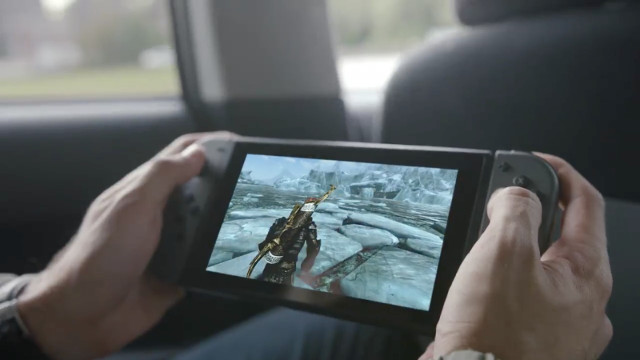
Despite debuting to criticism, most of which was aimed at its high price point, the 3DS has managed to sell 61.57 million units in five years. That's a similar pace to what DFC Intelligence forecasts for the Switch.
While mobile gaming has absorbed a sizable portion of the audience that would normally invest in something like the 3DS or Switch, analysts believe there is still plenty of room for success. Due to this, analysts have suggested that Nintendo will want to focus marketing on the handheld side of the Switch where it's unlike anything on the market.
Ultimately, the Switch's one-of-a-kind nature makes it very difficult to predict its future. Consumers might be undecided and leaning toward skepticism, but there's a fair chance that its hybrid nature will propel it well beyond the milestones of the Xbox One. If so the gaming hardware industry will be seeing plenty of participation from Nintendo going into the future.
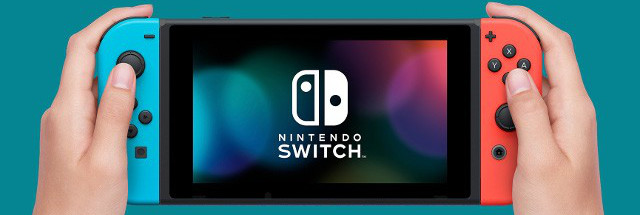
Check Out More Nintendo Switch Coverage On GameRevolution:
- Should You Sell Your Wii U?
- The Unknowns of the Switch
- Complete List of Switch Games
- Switch Is Bringing Back Motion Controls
- A Look At the Switch's Smartphone Integration
- 5 Things We Learned About Super Mario Odyssey
5 Things About The Nintendo Switch That Shouldn't Make You Panic
-
5 Things About The Nintendo Switch That Shouldn\'t Make You Panic
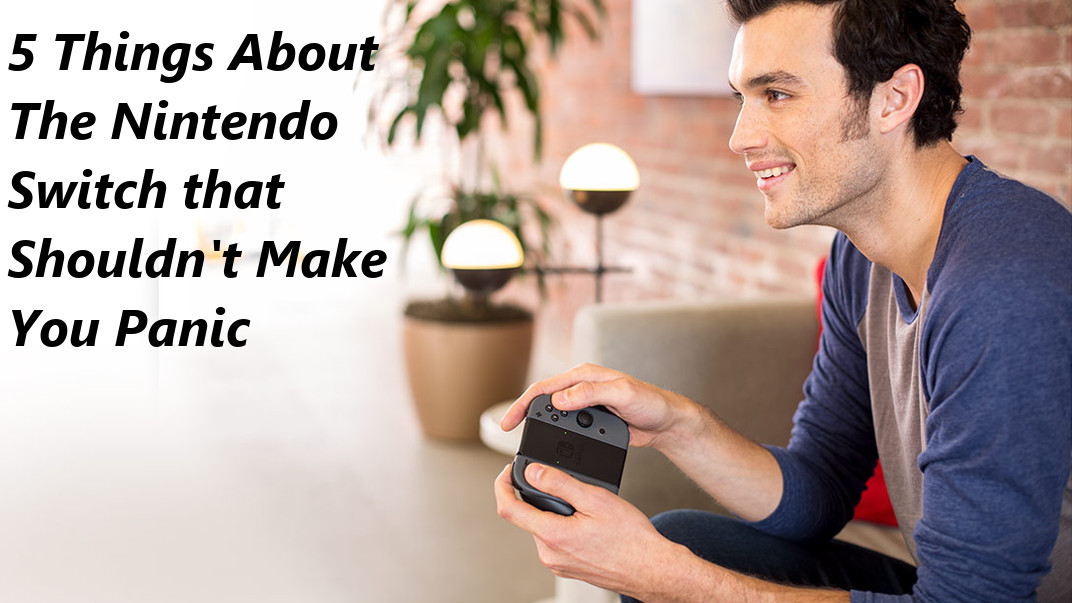
-
Motion Controls
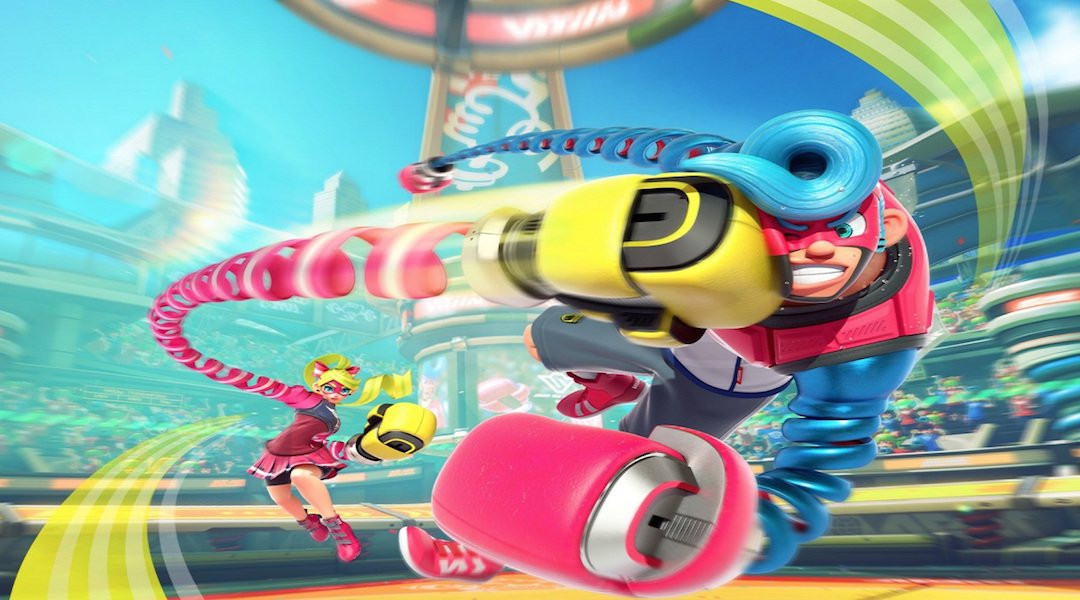
Many people (let’s call them “haters”) were upset that Nintendo continues to pursue motion-based controls with the Switch. While I wasn’t the biggest fan of how Nintendo revealed and dwelled on this aspect (showing how a JoyCon controller could feel like a glass with ice cubes in it isn’t exactly a console-seller), I don’t think that’s enough reason to write off motion controls entirely.
rn
rnFor all the Wii U’s failings, it had some truly great games, and many of them adequately made use of motion-based controls. It’s a gimmick, but gimmick does not automatically mean bad, and the use of motion controls doesn’t spell panic for me, just yet.
rn
rnAnd, many games, such as ARMS, will not require the use of motion controls, anyhow. So, if you don't like it, don't use it. -
Joy Con Charging Grip
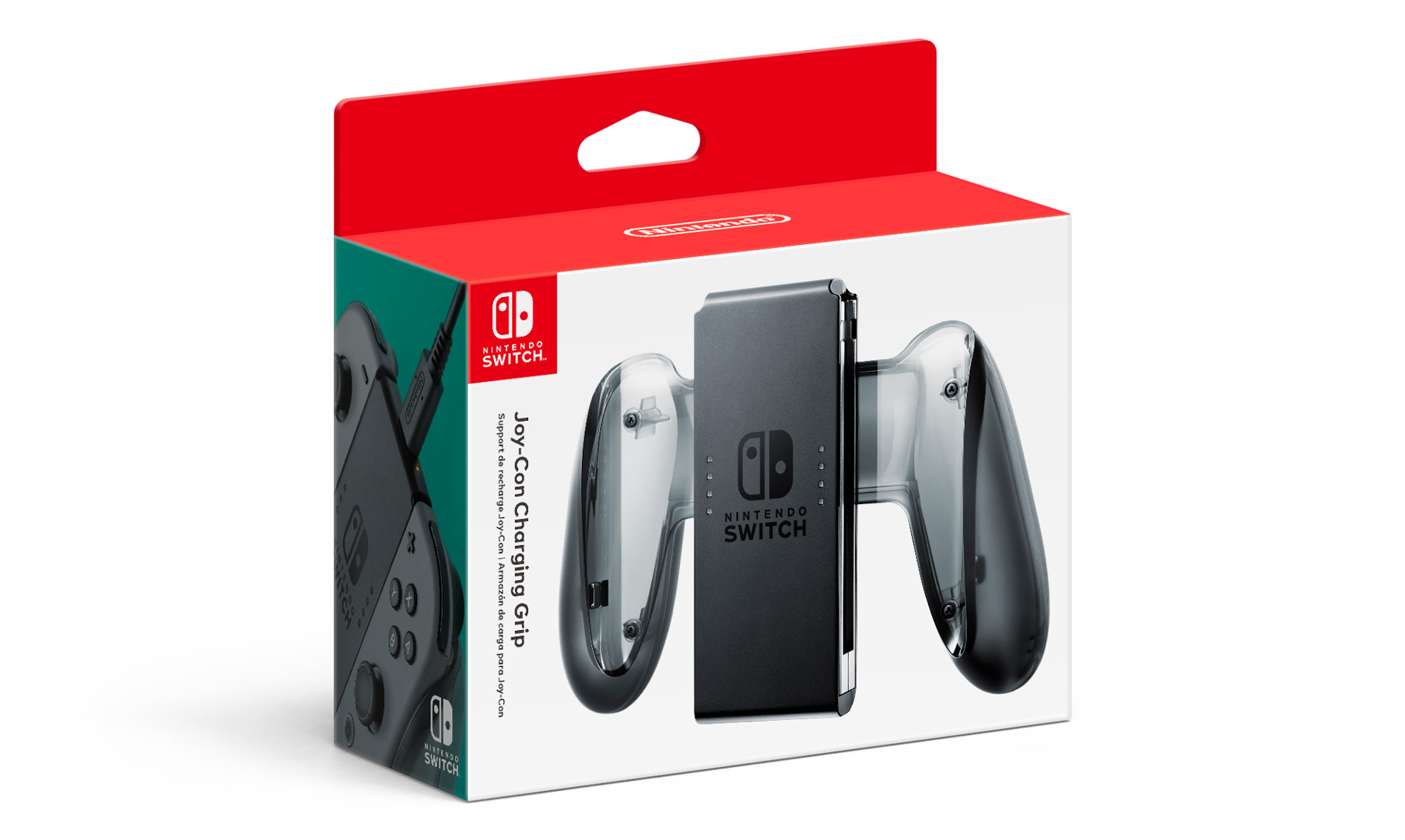
A lot of headlines are being made right now about the Joy Con charging grip, a $28 accessory that charges your JoyCon controllers. The JoyCon grip that comes with the console does not charge the JoyCon controllers. Obviously, the prospect of having to pay upwards of $30 extra just to be able to charge the very things I need to use the console in any capacity should be concerning. So why aren’t we concerned?
rn
rnGameRevolution saw this story very early on, before it was being widely reported, and we weren’t impressed. Upon further research, the JoyCon controllers will charge when they are attached to the console itself (whenever it’s in handheld mode), and the battery life of each JoyCon has been reported as around 20 hours.
rn
rnWhile the JoyCon charging grip would be a nice accessory, it’s just that: an accessory. If Nintendo was asking that you pay extra for a necessary feature, we’d be just as upset as everyone else. -
Super Mario Odyssey
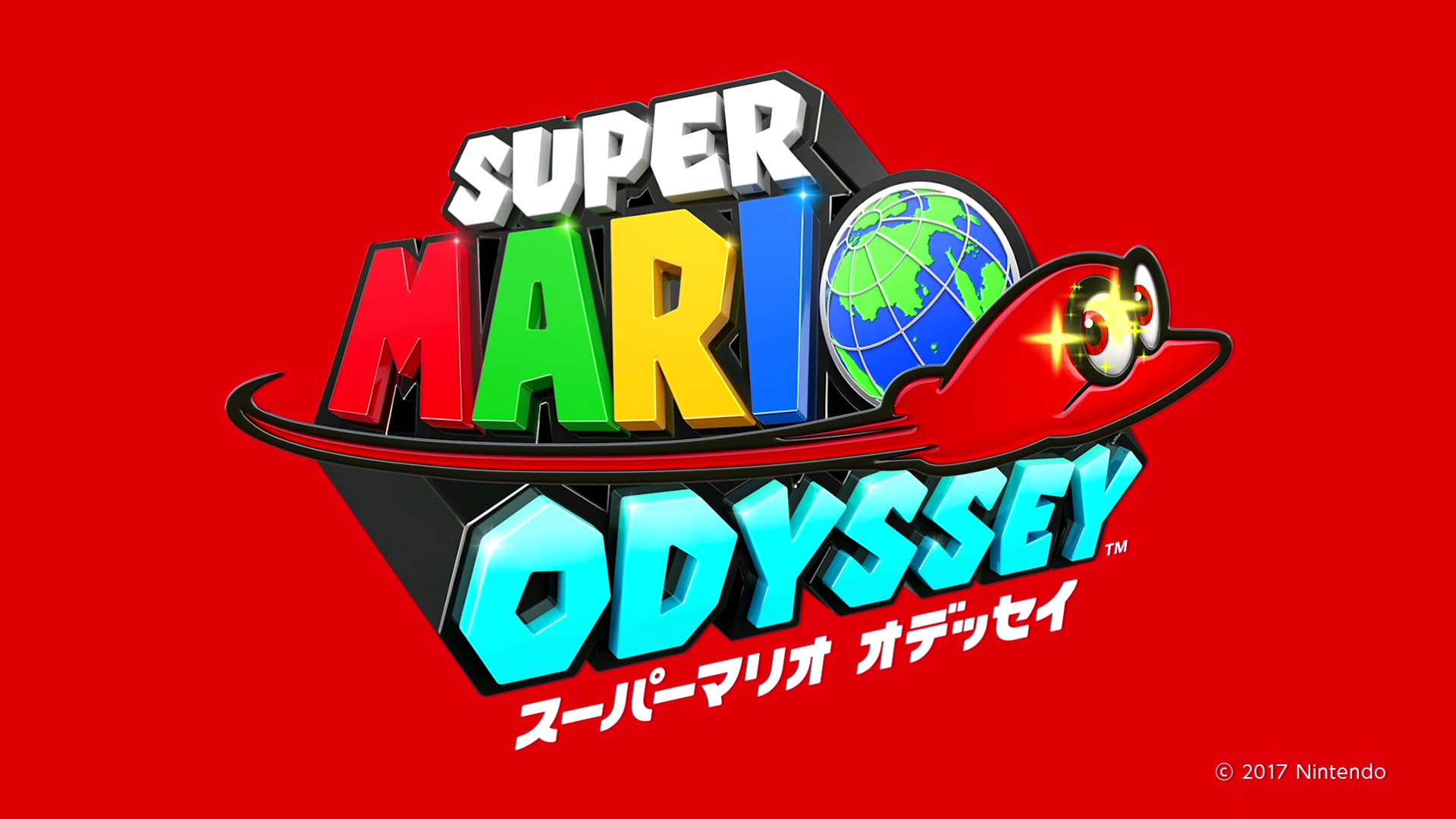
Sure, we already covered the lineup of the Nintendo Switch as a reason not to panic, but Super Mario Odyssey has been a surprising target of backlash at this point.
rn
rnThe chief complaint? “It’s just Sonic 2006!” Near as I can figure, though, the comparison is being made because they both have a city level … and that’s it. Really? I didn’t know Sonic 2006 had a patent on retro platformers in a city setting, and I certainly didn’t think that it would be so abiding that people look to it as the bastion of city-based retro platformers.
rn
rnIf I overlooked an element here, please let me know, but I am not impressed with any comparisons thus far, beyond one out of the dozen or so different levels sure to be in Super Mario Odyssey. -
Games Lineup
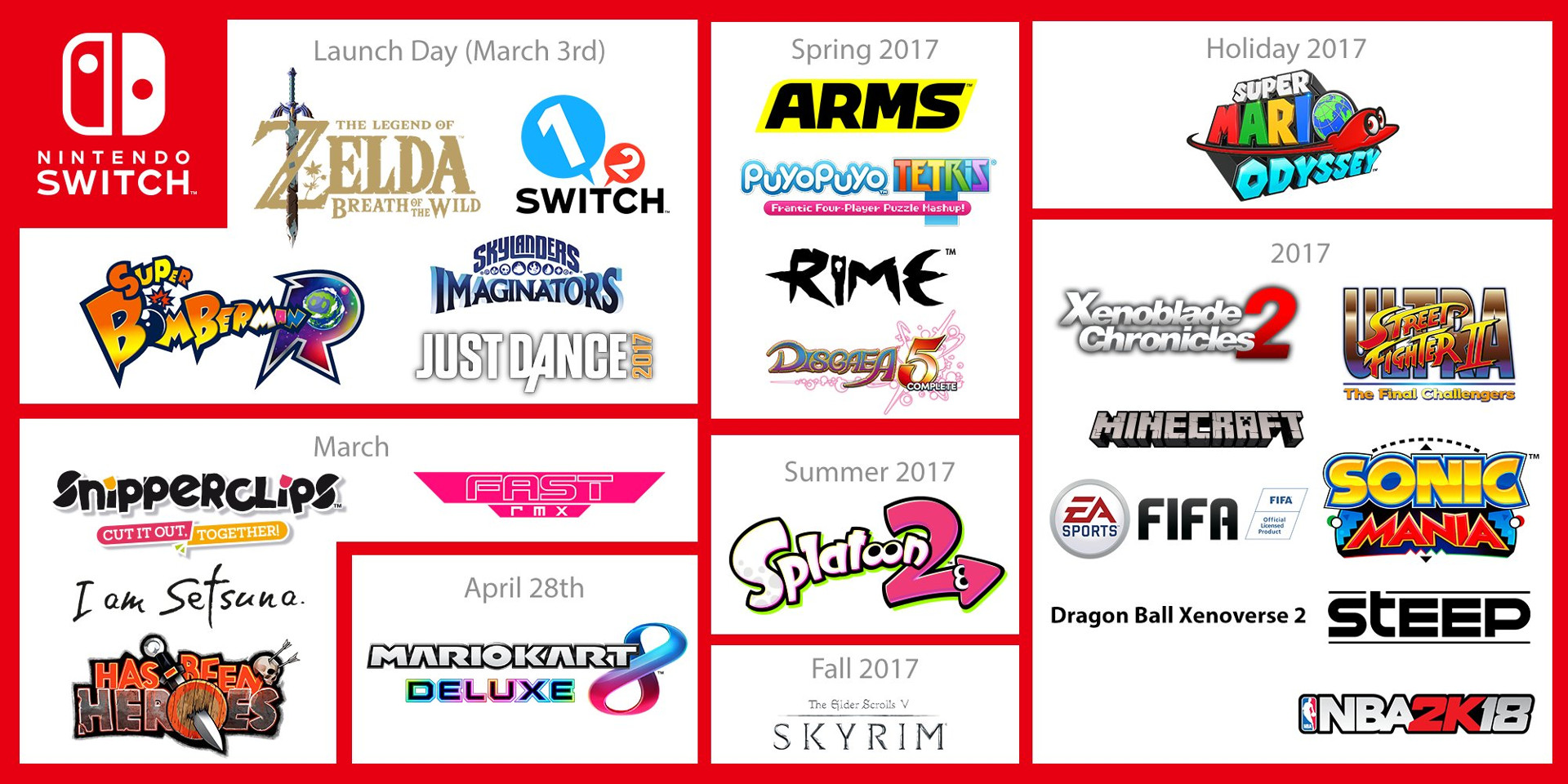
While the lack of titles specifically ready at the launch of the Nintendo Switch is concerning, the overall lineup of games announced thus far is actually rather impressive, with Shin Megami Tensei, Super Mario Odyssey, Zelda Breath of the Wild, Xenoblade Chronicles 2.
rn
rnThere’s also something to be said for spreading out your big releases to make sure you don’t flood the market immediately and leave people wanting more in the later months.
rn
rnThis is not to mention that it’s still possible that more, post-release game announcements are on the horizon, especially around the time of E3 and other like events. Give it some time (and maybe don’t pre-order it). -
Online Services (Not Yet)
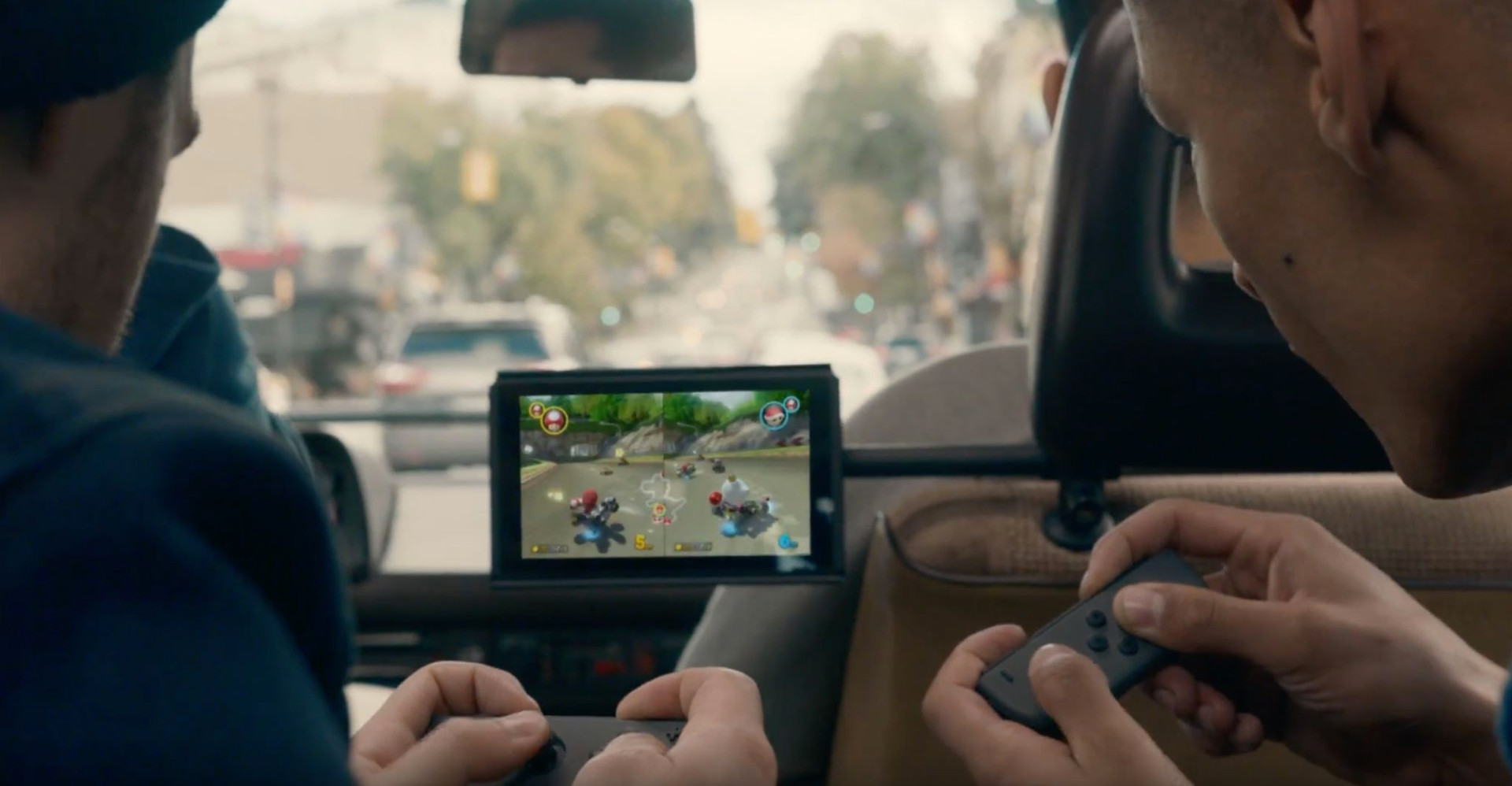
As of right now, I’m tentatively giving Nintendo the benefit of the doubt about their online services for the Nintendo Switch. In keeping with the times, the Nintendo Switch will be charging for its online services, effective Fall 2017, after a several-month-long free-trial period. But, the negative spin is that they’re charging for it at all.
rn
rnAlso, it appears the only bonus that comes along with it is one free NES game that you only get to play for a month, as opposed to PS Plus and Xbox Live Gold that lets you keep the free games they give you for as long as you keep their service.
rn
rnWhile this is rather concerning, I’m reserving judgement until we get a price for it. If it’s $50-$60 per year, like PS Plus or Xbox Live Gold, I’m out, and I will be grabbing my pitchfork like everyone else. However, if it’s somewhere in the $20-$25 per year range, that’s probably a worthwhile cost. We’ll see.
rn
rnAlso, we can’t forget that the Nintendo Switch has local multiplayer, making the idea of using its online services optional in many cases.
